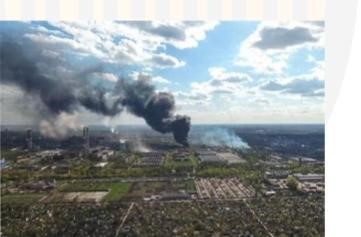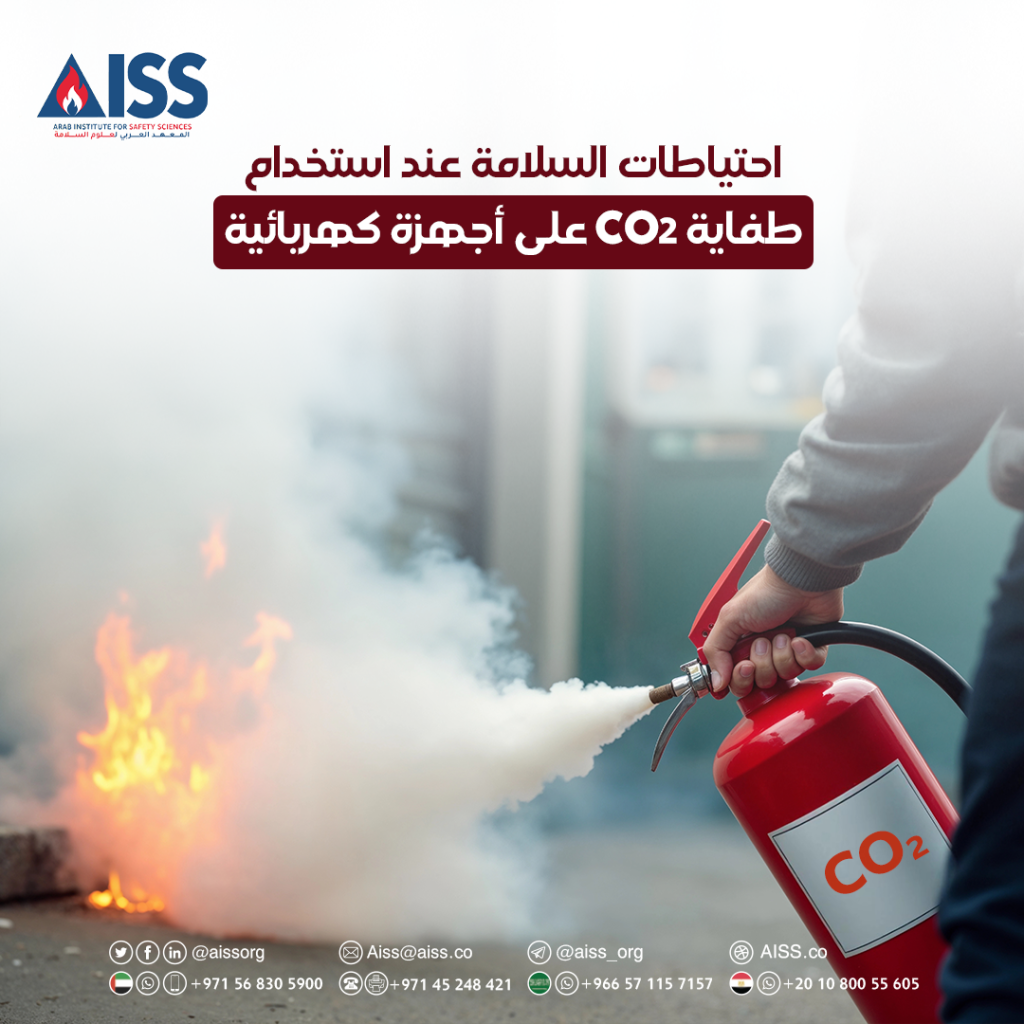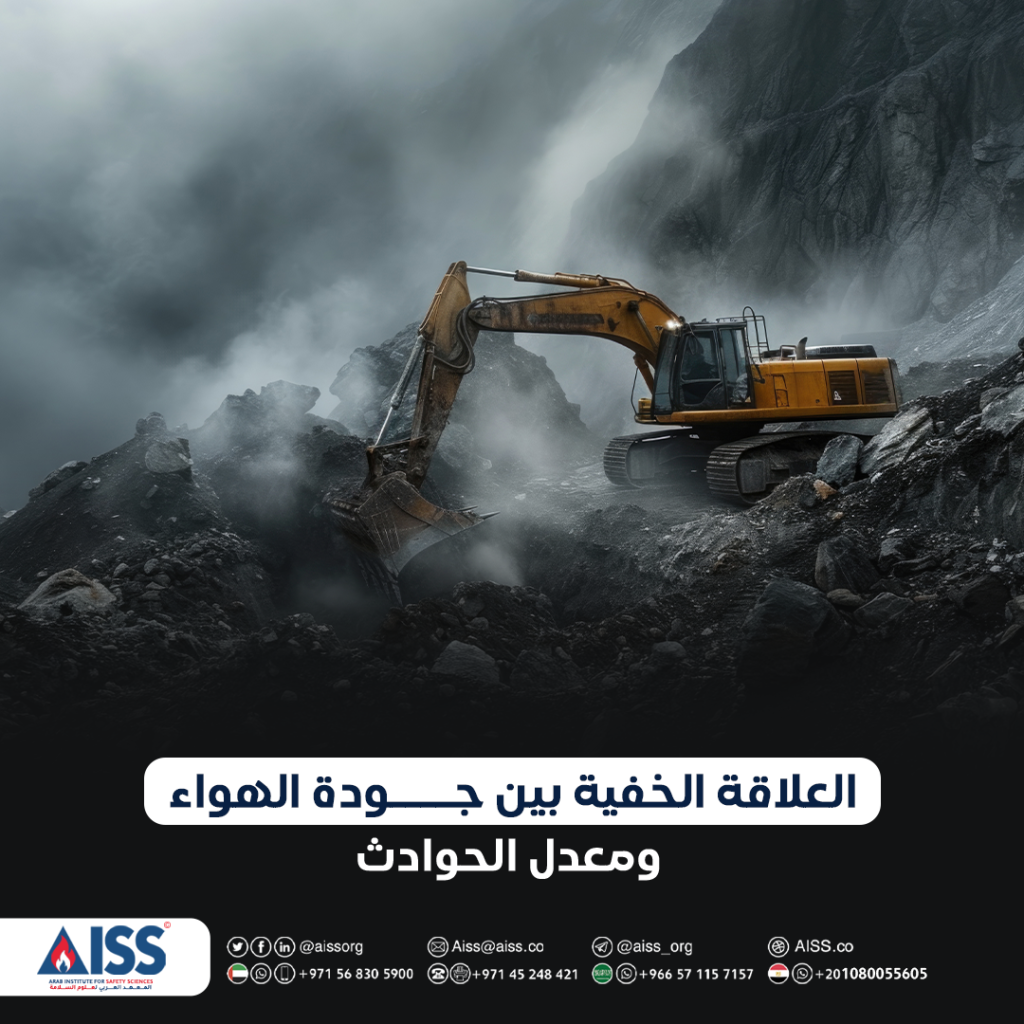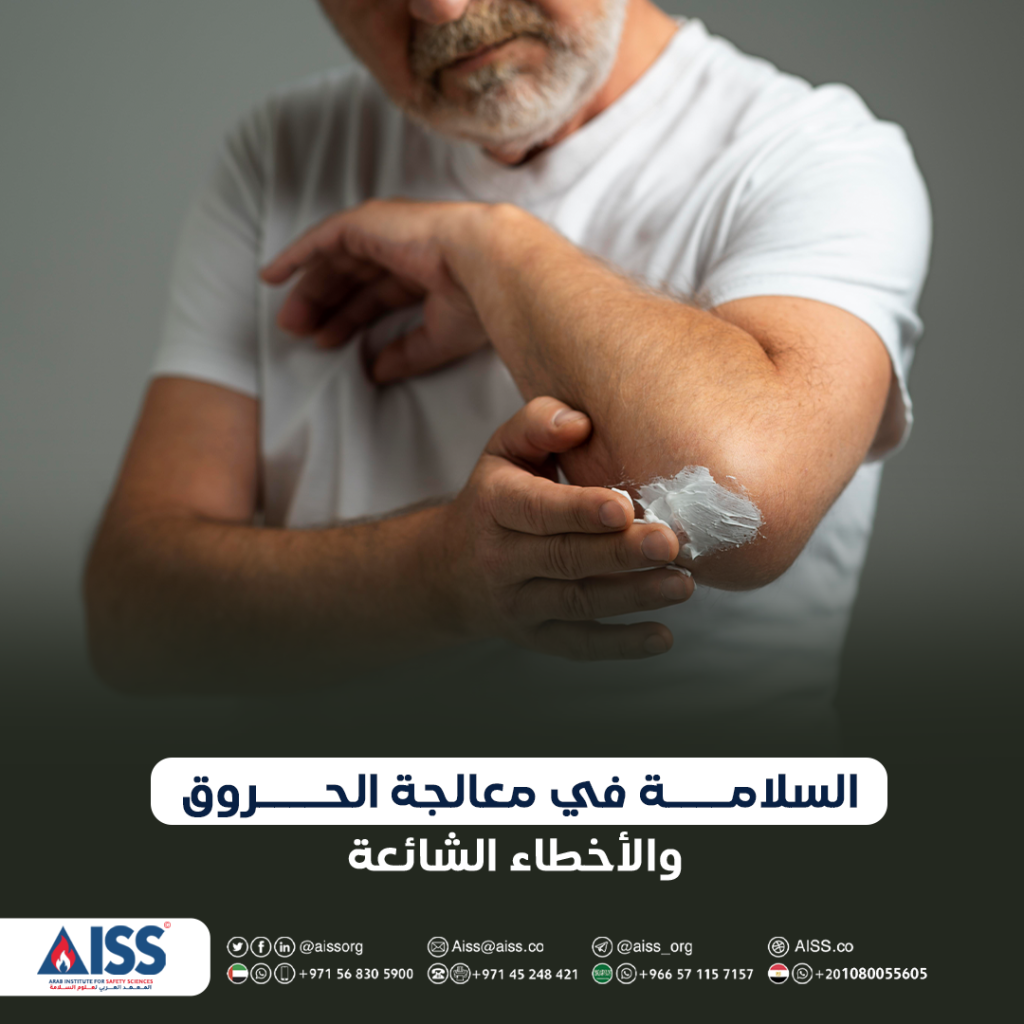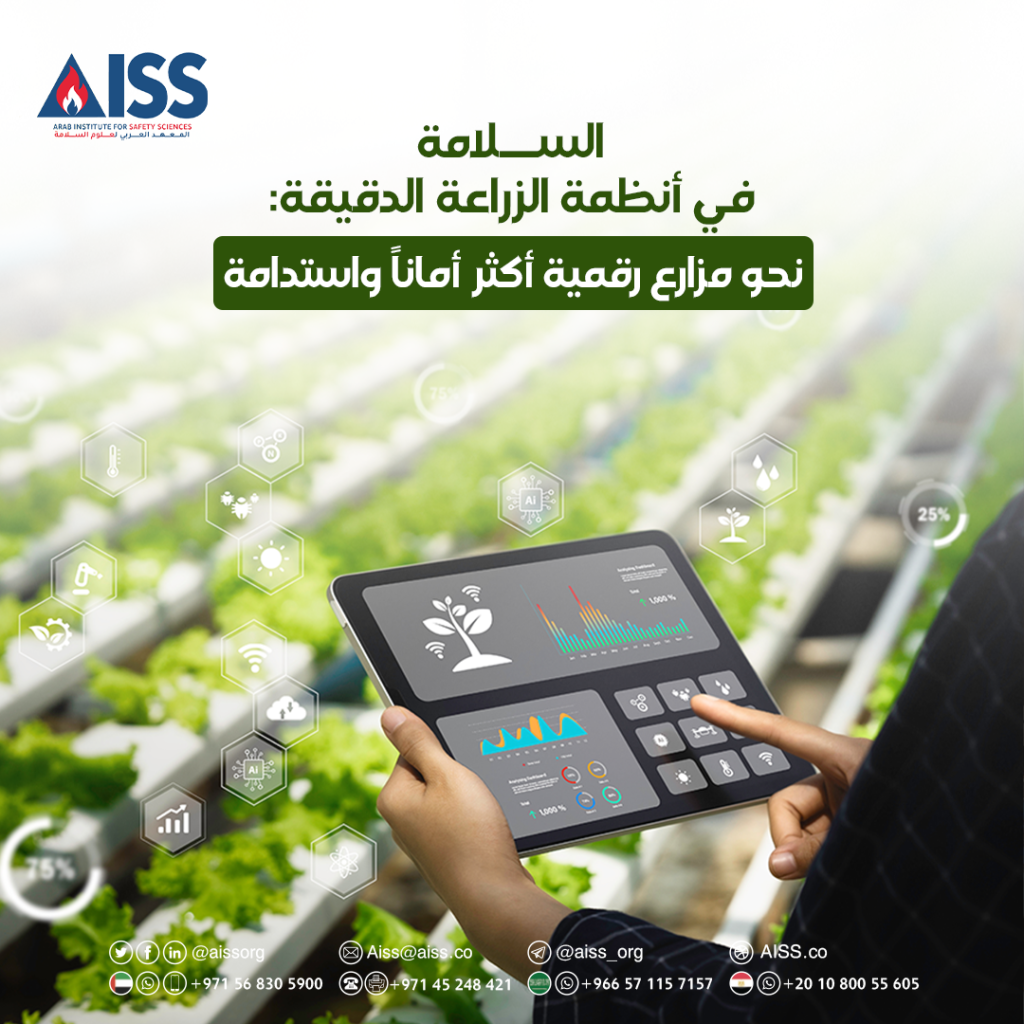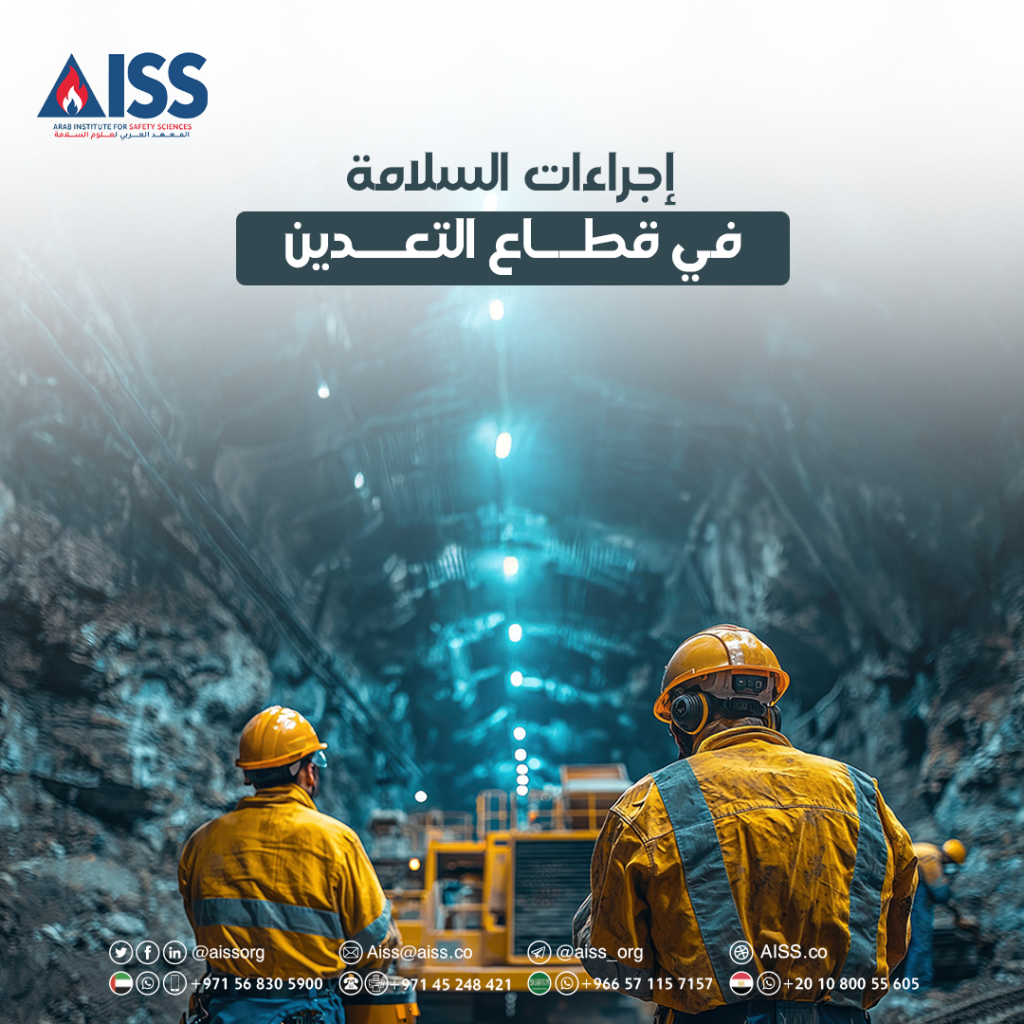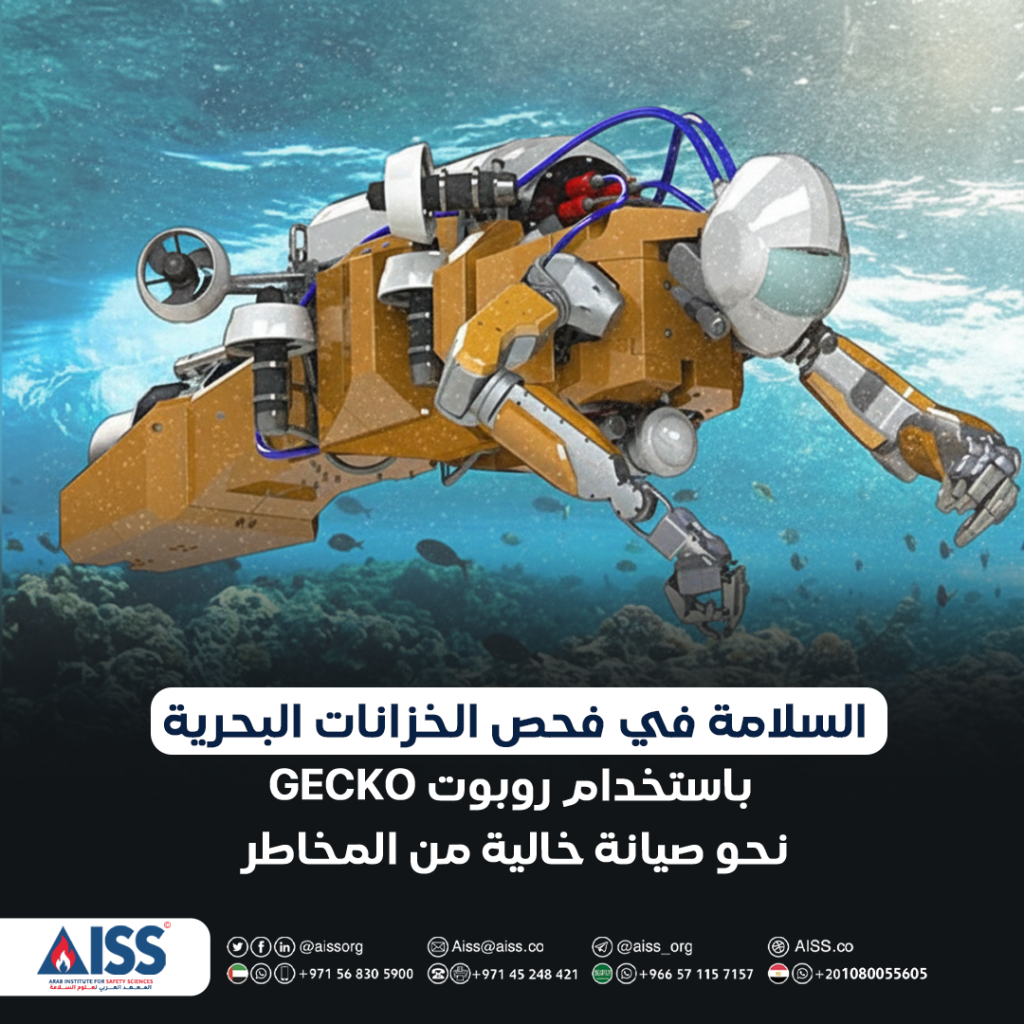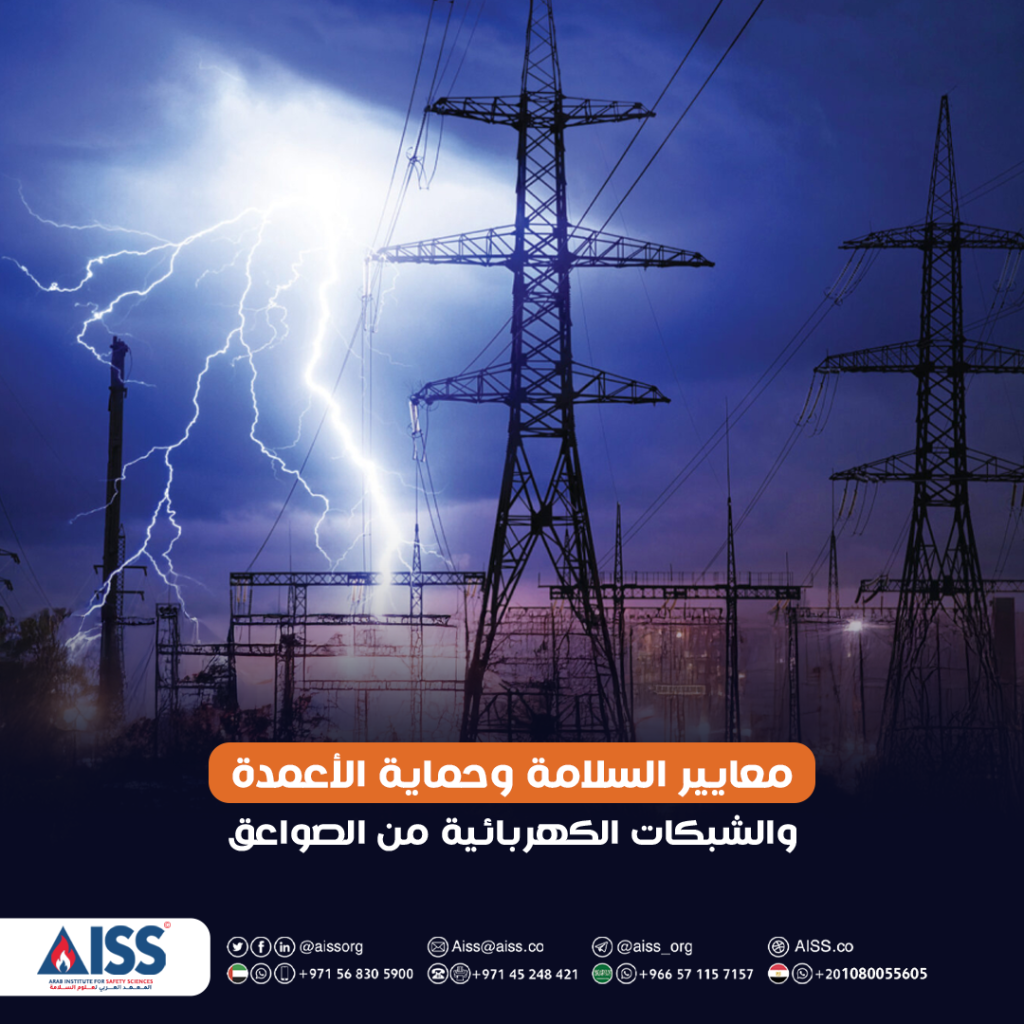المهندس/ خالد العنانزة.
البث من الأردن.
* رئيس فرع نقابة المهندسين لمحافظة عجلون – الأردن.
* مدرب ومستشار بيئي.
* مهندس بيئة سابق لدى بعثتي الأمم المتحدة في السودان وساحل العاج.
* كاتب في شؤون البيئة والسلامة المهنية في عدد من المجلات والصحف العربية.
* ممارس معتمد بالحوار التعليمي.
* استشاري بيئي في المركز الوطني للرقابة على الالتزام البيئي – الرياض سابقًا، يعمل حاليًا استشاريًّا بيئيًّا لدى شركة (استدامة خضراء للخدمات البيئية).

What is the FEAT?
The FEAT helps to Identify and assess Industrial hazards and Impacts as well as interventions required to effectively prepare for, and respond to, chemical accidents. Essentially, the FEAT is a disaster risk management tool.

BASIC TECHNICAL DETAILS OF THE FEAT
- Triggers: Natural or Manmade
Chemical accidents can be triggered by natural hazards (e.g. Earthquake, tsunami, landslide), or by social and manmade hazards (e.g. Terrorism or theft and poor maintenance). Chemical accidents can also be triggered by an accident during hazardous operations at industrial facilities, pipelines, transport, operations or transport interfaces.
- Impact: Hazard, Quantity and Exposure:
- Impact = function of (Hazard;; Quantity;; Exposure)
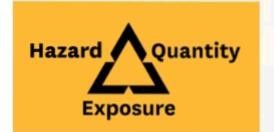
- Estimating Impact: The Value-Added by the FEAT
- As it Is a risk management tool, the FEAT has been designed to provide quick answers in complex chemical accident situations, even in the absence of detailed information and specialized technical resources or expertise.
Practical case:


